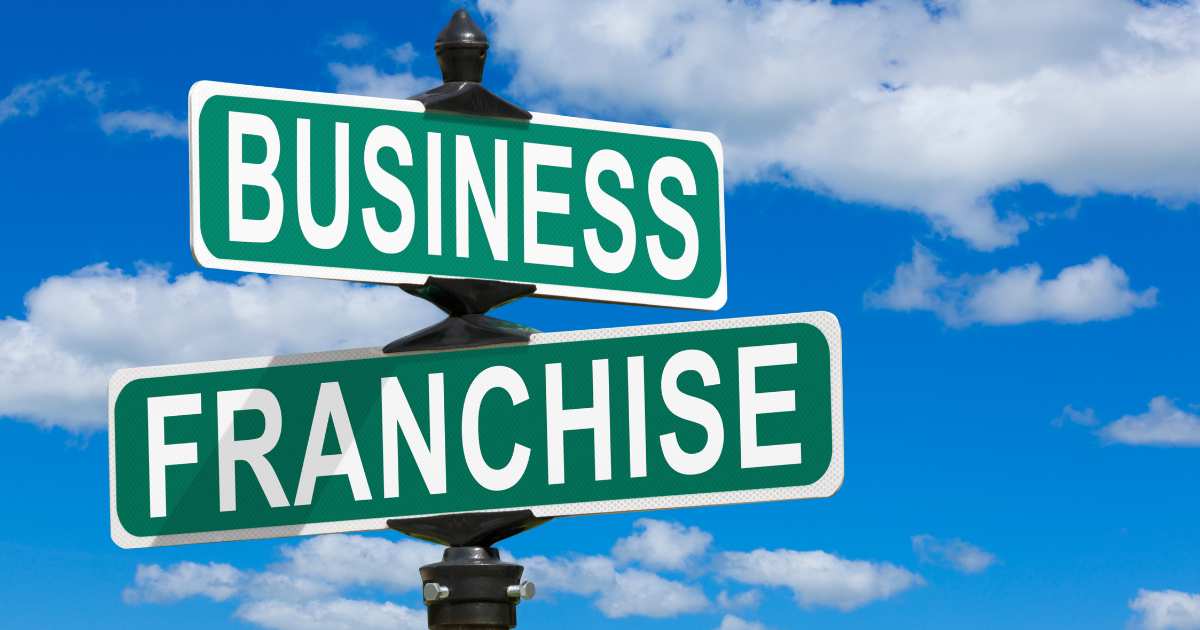The money is meant to allow South Africa to retire a colossal but creaking (and corruption-riddled) fleet of coal plants. Just as importantly, the funds will support the workers who will need to find new jobs. In the country’s coal belt of Mpumalanga, some 120,000 workers are employed in coal production, mining and transportation. The region already has a 35% youth unemployment rate. The country must focus on concerted reskilling because there’s great skepticism that high-tech jobs in green hydrogen or electrical vehicles will go to former miners.
If South Africa can pull this off, it will become a template for action elsewhere.
The coal plants that produce 84% of South Africa’s energy are run by state-owned Eskom Holdings SOC Ltd. The gigantic public utility has been failing for more than a decade — and not just financially. Many of the power plants are spluttering to the end of their lives. This year is the worst ever, with South Africans suffering through more outages — called “load shedding” — than before. Considered uninvestable by international finance, Eskom has been a drag on the whole economy as it soaks up huge government subsidies.
The answer is to restructure Eskom into two parts: one with good finances and the other with distressed assets that can be slowly liquidated. With a “cordon sanitaire” put around the poorly performing parts, “good” Eskom — with funds from the World Bank and other international financial institutions — can become a platform for reliable and clean energy generation, including renewables.
That’s exactly what Eskom is trying to do at its Komati power station. For 60 years, Komati was one of South Africa’s largest coal plants. This month, however, its last coal-burning unit will be turned off. A new workshop is already making containerized solar microgrids. These are repurposed shipping crates full of batteries powered by solar panels that will be deployed to far-flung rural communities currently off the electricity grid. Eskom also wants Komati to make agrivoltaics — solar panels erected in fields amid growing crops. Additionally, the utility will lease land around the power plant for solar farms.
But this is still a transition, not yet a termination. The country still faces tough questions about where to focus its climate investment. For example, should it put funds into improving the grid in a poorly-served part of the country that, nevertheless, has the potential for substantial growth in solar and wind power? Or should financing be targeted at mining centers like Mpumalanga, which are already electrified but will need the jobs created by the infusion of cash?
Eskom also has to maintain aging power stations and upgrade younger ones. Coal will continue to have a role, though in gradually declining amounts as wind, solar and green hydrogen are joined by new liquefied natural gas flows. If cheaper energy flourishes, coal will fizzle out quickly.
Until then, South Africa will need more funds — $50 billion to $60 billion in the medium term but, in total, probably a sum closer to $250 billion — to reach its climate goals. Some of the $8.5 billion in JETP funding will be outright grants but more of it will be concessional finance — loans at lower than market value — to pay for projects the private sector won’t. It will be kick-starter cash to build confidence with the intention of leveraging in even more capital.
The private financial sector, however, is still nervous of anything Eskom-related. There are influential sectors of South Africa that oppose sacrificing Eskom jobs — and are just as wary of big foreign businesses taking profits out of the country. Unless that changes, international financing will hold back.
To help, South African president Cyril Ramaphosa has lifted restrictions to allow more private electricity generation. He’s also increased the size of renewable projects to 100 megawatts from 1 megawatt. A South African solar farm should be a no brainer. At COP26, former Bank of England Governor Mark Carney’s Glasgow Financial Alliance for Net Zero announced $1.3 trillion of private finance ready to back low-carbon projects. If South Africa can improve its energy investment environment, this money should start to flow.
If Eskom and South Africa make progress, Vietnam, Indonesia, Senegal and India are likely to follow. The rest of the world will then have a clearer route to net zero.
More From Other Writers at Bloomberg Opinion:
How to Reach Net Zero Profitably: Hendrik du Toit
From the Rhine to the Tigris, Rivers Are Warnings: Andreas Kluth
• When the Weather Gets Hot Enough To Kill: David Fickling and Ruth Pollard
This column does not necessarily reflect the opinion of the editorial board or Bloomberg LP and its owners.
Allegra Stratton is a Bloomberg News contributing editor who writes the Readout newsletter. She previously worked in the UK government and is co-founder of Zeroism, a climate and energy consultancy.
More stories like this are available on bloomberg.com/opinion


















